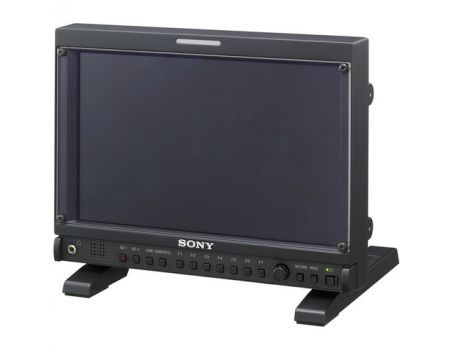

Sadly, this is not entirely true.Įvery piece of electronic equipment keeps time with some sort of internal clock, often a quartz crystal oscillator or similar mechanism. That way, you can just align multiple clips in your NLE based on their timecode, and they will match up perfectly when played back together. The idea is that if you match the timecode between devices, then you have automatically synchronized everything they record. The terms timecode and synchronization are often used interchangeably. Just agree that timecode counts frames differently from how the camera actually records them. The exact difference will become clearer later on, but for now it is important to establish that they are distinct from each other. After all, it only makes sense that when a frame is captured, the timecode would count it. You might think these are the same thing, and for that you can most certainly be forgiven. Timecode framerate is the number of frames that are counted per second by the timecode. Video framerate is the speed at which frames are captured by a camera or played back on a device, as defined by the number of frames per second. When you hear the term framerate, remember that timecode framerate and video framerate are not the same thing. That said, there are some things that timecode is not. It is the most important piece of metadata in modern digital video workflows. Timecode runs behind the scenes, but it’s the glue that holds everything together. Need to share a scene with someone? Give them the timecode range, so they know exactly where to find it. Need to find a particular shot in your timeline? Type in the timecode it was recorded, and your playhead will go right to it. If every single frame in your footage had an address, then timecode gives you the directions to find them. In a way, it’s sort of like the GPS of your editing timeline. So, timecode is a way to keep track of what happened when. Both types of timecode have particular uses, but broadly speaking they accomplish the same thing they give a reference point for locating any frame in a video.
Ntsc timecode calculator free#
Free run timecode keeps counting even when the device is not recording any frames, so you always know when a frame was captured. On the other hand, using free run timecode, 09:53:20:06 would mean the final frame was captured at 9:53AM (plus 20 seconds and 6 frames) on a particular day. This form of timecode only counts frames when they are being captured by the camera.

In record run timecode, that would indicate that the last frame was captured 9 hours, 53 minutes, 20 seconds, and 6 frames after the first frame that the timecode counted. These two types of timecode read the same way, but mean different things.įor example, imagine you hit the stop record button on your camera as it displays a timecode of 09:53:20:06. These values are based on either the total amount of footage that has been recorded (known as record run timecode) or the time at which it was recorded (called free run timecode). Every frame is given a label containing values for HOURS:MINUTES:SECONDS:FRAMES. As it counts frames, timecode assigns each one a unique identifier, but this is not just a sequential integer. It works by counting the exact number of frames in a video, from the first to the last. Timecode is a method for precisely labeling video frames in a recording. SMPTE timecode made the identification, editing, and synchronization of audio and video media possible, and eventually enabled what we now know as non-linear editing. The timecode standard we are concerned with was developed by the Society of Motion Picture & Television Engineers (SMPTE) in the 1960s.


 0 kommentar(er)
0 kommentar(er)
